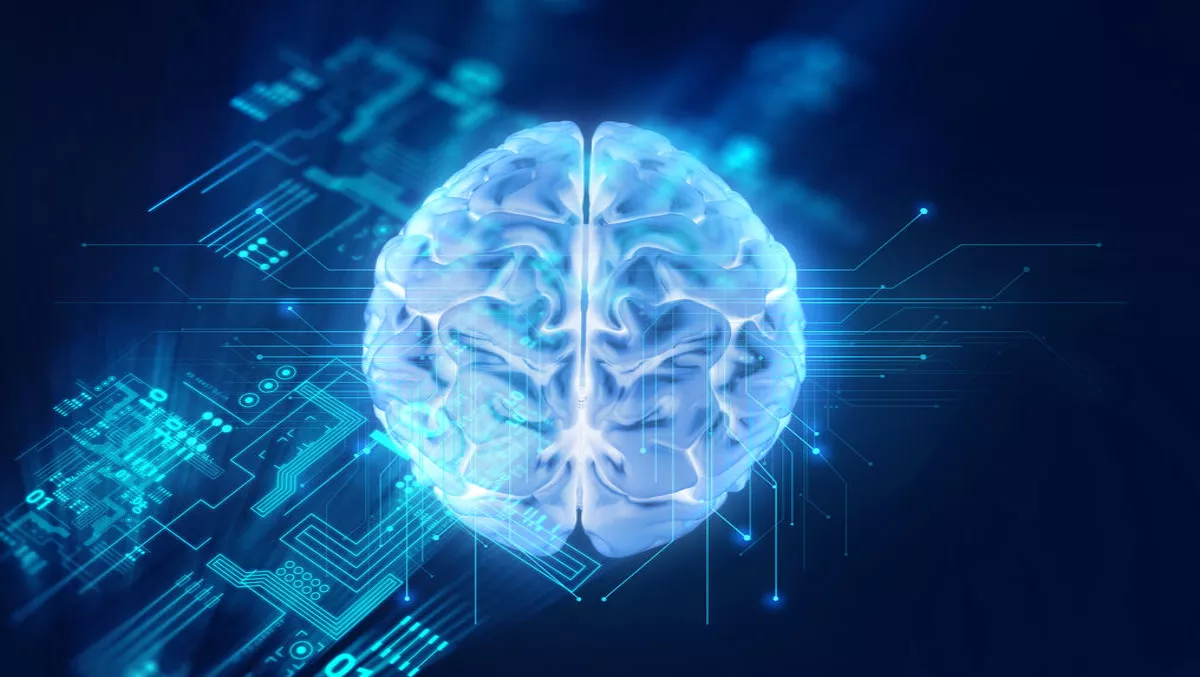Businesses are automating their services at a fast clip.
In particular, there's been an exponential rise in the use of Artificial Intelligence (AI) to power elements of the customer service process. The most common forms of AI within the customer experience include personalised product recommendations, chatbots that answer customer queries in real time, and voice recognition and interpretation during phone inquiries.
There are various challenges to implementing AI into a customer service program. Weekly, there is a new story about AI going rogue within an organisation, ranging from the comical to the more serious. Indeed, earlier this year it was reported that Facebook is scaling back the use of its chatbots on Messenger, after the programs failed to fulfil up to 7% of users' requests.
For every challenge though, there is a solution.
Robust testing to ensure that AI is operationally performing flawlessly will lead to richer customer experiences. AI technologies are becoming increasingly sophisticated, and can add immense value to organisations — but they are by no means foolproof, and we're only just beginning to discover their possibilities.
Focusing on your Operational Customer Experience (OCX) is the optimal way to ensure AI adds value to an organisation, without risking valuable customer relationships.
Capturing customer intent
According to a study by Oracle, nearly 8 out of 10 businesses have already implemented or are planning to adopt AI as a customer service solution by 2020.
The reasons behind this are easy to appreciate: AI-powered solutions provide gains in efficiency through the streamlining and reprioritisation of employee roles, as well as by allowing algorithmic solutions to solve complex problems, such as finding the correct credit card for a customer based on their personal credit history.
However, AI is of no use if it fails to capture the customer intent. Chatbots, in particular, have had a shaky record with this. Conversational computer programs that interact directly with customers without human intervention (often disguised to be real people through the use of real names and photos) handle customer queries online, but not always successfully.
Whilst promising huge benefits of efficiency, such schemes also pose huge risks to the organisation should the chatbot fail to deliver on what the customer wants, especially when it's a critical or time-sensitive issue.
A perfect example of AI going unchecked was Microsofts' A.I, powered bot, Tay, which was turned off after just 16 hours of responding to tweets and chats on messaging platforms GroupMe and Kik. Tay, which launched in March last year, was shut down due to its inability to recognise when it made offensive or racist statements after internet users took advantage of its learning capabilities.
It is essential that chatbots are thoroughly tested from an OCX perspective. The technologies available to test, monitor, and detect OCX flaws with AI can pinpoint and flag problems with the technology to the organisation before they even reach the customer.
OCX testing and measurement ensures that AI works correctly, is responsive, timely, and that its positioning in the customer experience journey is seamless in relation to other components, such as a website or phone inquiry. It also has the added advantage of testing the capabilities of AI in times of simulated pressure on the organisation – for example, an influx of customer queries due to a service outage.
Automation for automation's sake?
If a business begins to question the value of AI, or wonder what it is actually offering to its customers, then it is time to implement a rigorous testing program and get your investment back on track.
Through the application of OCX in AI, an effective customer service experience enables personalisation of service to be rolled out at scale with efficient costings.
It's not enough to implement AI and expect it to function year in, year out. It may be intelligent, but it is in no way foolproof. Bugs, security breaches, and core errors in algorithms have led to many AI-related disasters in recent years.
OCX testing ensures that AI is continually monitored against its objectives. By using AI, businesses are allowing a new publicly-facing brand representation to occur, and this needs to have as much development and care as any other customer service representative.
Using OCX to regain trust
It's no exaggeration to say that AI will be the definitive technology of the next 10 years, and will take the customer experience to the next level. But it has not had the most favourable of beginnings from the customer standpoint. Customers may see it as lacking a human touch, unable to process complex or nuanced requests, or as a barrier to speaking with "a real person.
On the other hand, businesses rightly view it as a way to make faster and more informed decisions with less need for human intervention, which creates multiple business efficiencies.
However, in order to earn customers' trust, and get them to enjoy the personalisation of service that AI can offer, businesses need to ensure that their AI is the best it can be. It is crucial that they consider employing OCX testing as a means of testing that the technology works as it should, to deliver on customer wants and needs in all situations.
For every challenge that AI presents in the customer service journey, it also presents massive opportunity. OCX testing is the solution to those challenges that can enable a business to use AI to its full potential.


